Information DefinitionInformationInformation is a collection of data that gives everyone an advantage since it helps in decision-making for the individuals involved. Data is the term used to describe information entered into and saved on a computer. 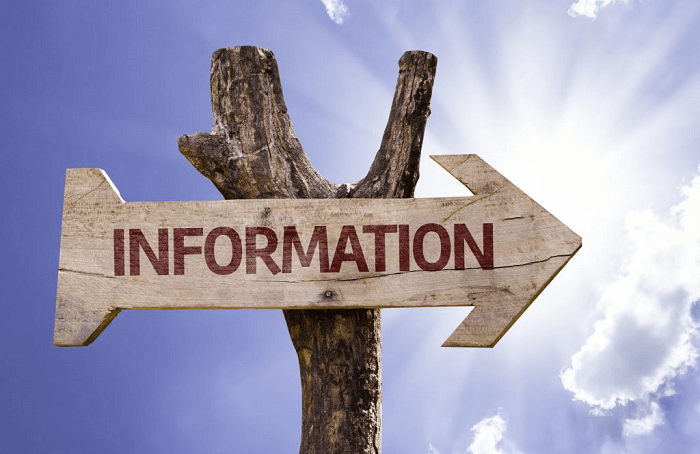
Data that has undergone processing, such as editing and printing, can once again be recognized as information. Knowledge is created when information is gathered and used to comprehend or perform tasks better. The data-information-knowledge-wisdom model demonstrates this hierarchy. The pyramid-shaped model was developed to explain how data may be gathered in various formats, evaluated, and transformed into multiple forms. The pyramid's levels stand for different viewpoints or levels of abstraction, illustrated by the following:
DataRaw information is called data, which a software program gathers and stores in information technology (IT) and computing. Fields, records, and other information used to build a database are all considered data, often saved in databases. 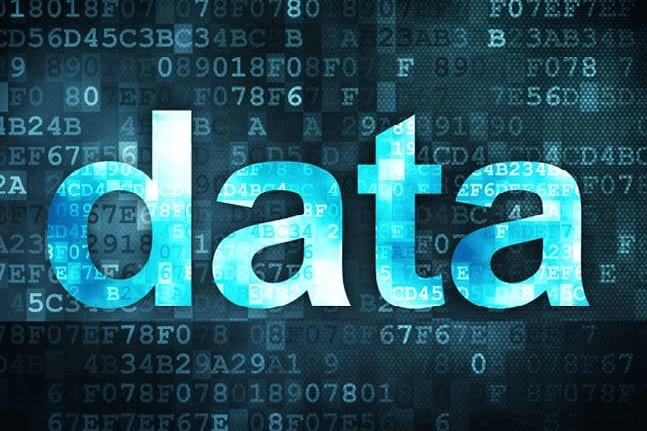
It is quick and simple to transfer across computers and may be accessed and modified digitally. Data is gathered from various sources, including computers, devices, and sensors, and it is often employed in business, science, and engineering. Although data is frequently displayed as numbers, it may also be presented as text, images, graphics, and sounds. It is also possible to analyze and utilize data to produce knowledge that cannot be gained by examining the raw data. The following types of data are the most common in data science: 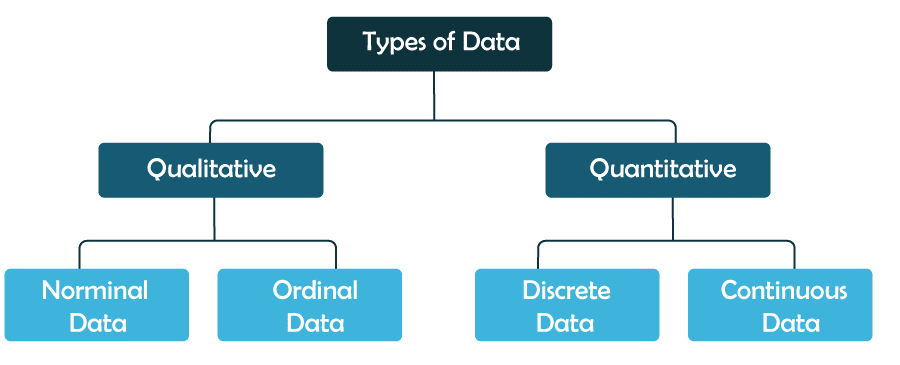
Quantitative Data: Numerical data or data that may be expressed mathematically are considered quantitative data. Quantitative data includes discrete and continuous data. It further includes:
Qualitative Data: Qualitative data is information that cannot be quantified, counted, or stated numerically. It is information derived from text, audio, or visual sources and may be distributed using data visualization techniques like word clouds, timelines, and infographics. It further includes:
Data Processing CycleThe framework used by data center managers to make data available and valuable to users is the data processing cycle. It is a stage in the data lifecycle. Data is delivered to the user for use in a commercial application after processing at the data center. The three stages listed below make up the portion of the data lifecycle known as the data processing cycle: 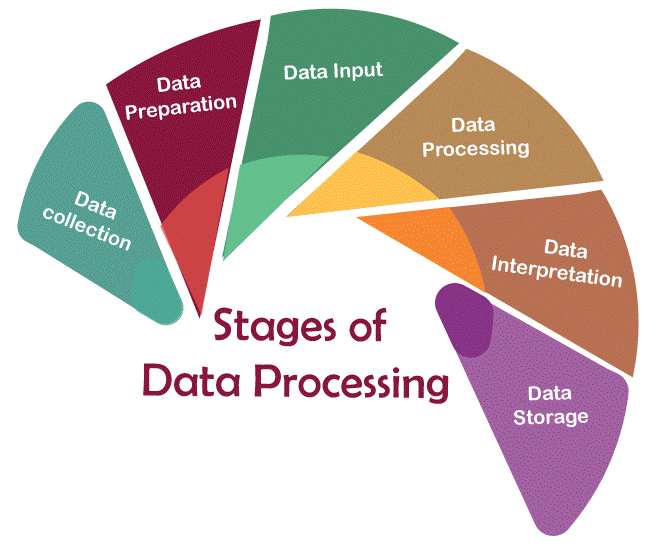
Data To Information Conversion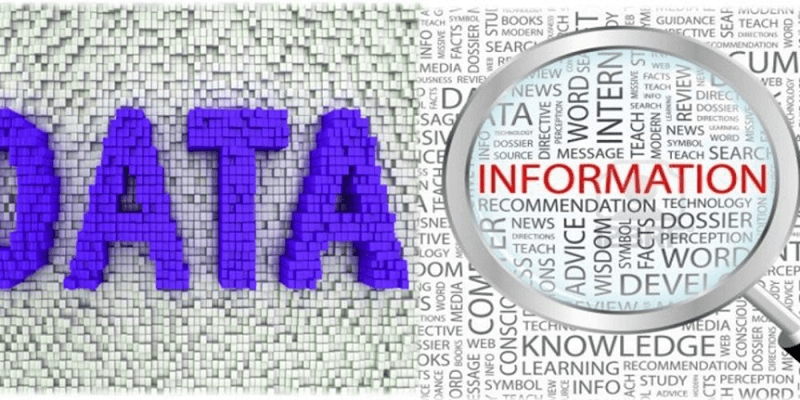
Information and data are two different things. Data includes both quantitative and qualitative observations. Information is created when data is given in a manner that has significance for the recipient. Processing and structuring are necessary for converting data into information, and information design refers to presenting data in a meaningful and valuable way. It is a crucial component of both information architecture and human-computer interaction. A database should have the following five qualities to ensure high-quality information and data quality:
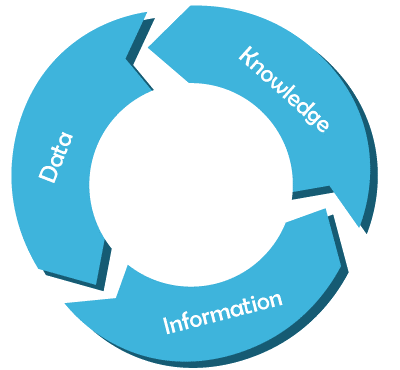
Information Into Wisdom And Knowledge ConversionInformation that has been processed, examined, and interpreted and may be utilized to lead decisions is known as knowledge. The idea of knowledge encompasses both the information and the capacity to access it. A type of stored knowledge is present in most applications, such as models and simulations. Information, knowledge, and experience are combined to create wisdom, which is the ability to apply knowledge to actual situations. The idea of wisdom makes understanding patterns and their underlying causes possible and finally makes it possible to predict future events. 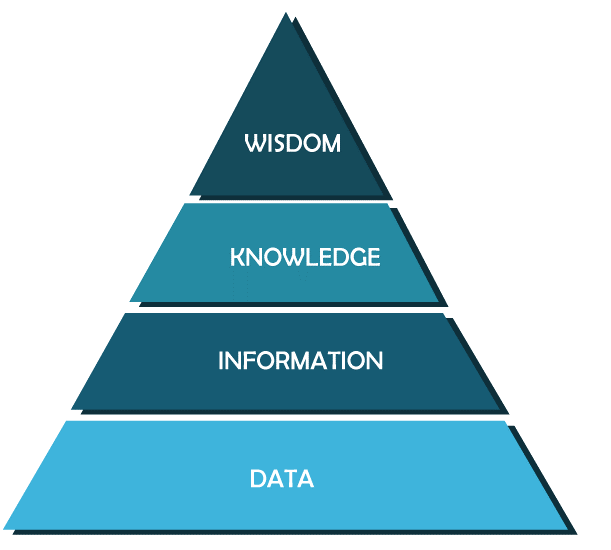
By using artificial intelligence (AI), computers can now learn, solve problems, and carry out other jobs that traditionally call for human intelligence. These technologies allow computers to follow what the available data reveals as the optimal course of action. The expert system uses AI to detect diseases, purchase and sell stocks, and beat humans in chess. Moreover, information technology has not yet achieved comparable human wisdom.
Next TopicInterview Definition
|
 For Videos Join Our Youtube Channel: Join Now
For Videos Join Our Youtube Channel: Join Now
Feedback
- Send your Feedback to [email protected]
Help Others, Please Share









